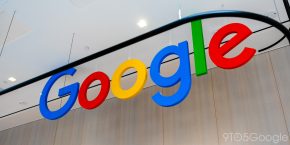Google X Laboratory scientists have worked on a simulation of the human brain for the last few years, and now they are using it to indentify cats.
According to The New York Times, Google researchers created “one of the largest neural networks for machine learning by connecting 16,000 computer processors, which they turned loose on the Internet to learn on its own.” More specifically, Google turned the “brain” to 10 million images found in YouTube videos about cats:
The neural network taught itself to recognize cats, which is actually no frivolous activity. This week the researchers will present the results of their work at a conference in Edinburgh, Scotland. The Google scientists and programmers will note that while it is hardly news that the Internet is full of cat videos, the simulation nevertheless surprised them. It performed far better than any previous effort by roughly doubling its accuracy in recognizing objects in a challenging list of 20,000 distinct items.
The research is representative of a new generation of computer science that is exploiting the falling cost of computing and the availability of huge clusters of computers in giant data centers. It is leading to significant advances in areas as diverse as machine vision and perception, speech recognition and language translation.
Google’s brain eventually constructed a digital patchwork of a cat by cropping general features from the millions of images that it identified. The method could eventually prove useful in image search, speech recognition, and language translation. The Googlers maintained caution, however, about whether their research is, as The New York Times put it, “the holy grail of machines that can teach themselves.”
The research project is no longer a part of Google X laboratory, but rather search business and related services.
Related articles

FTC: We use income earning auto affiliate links. More.


Comments